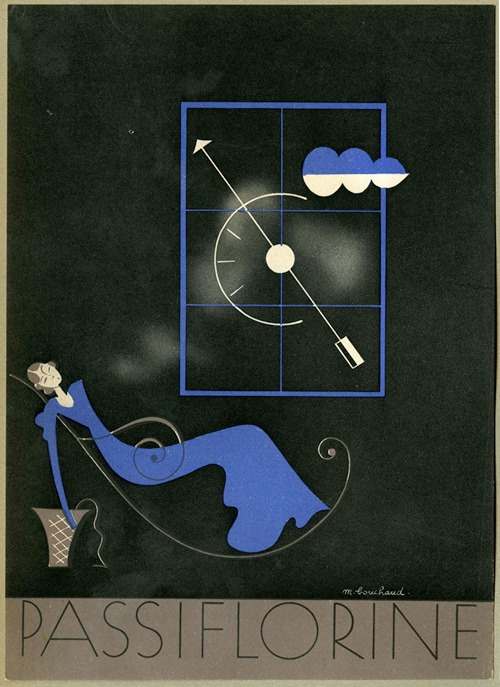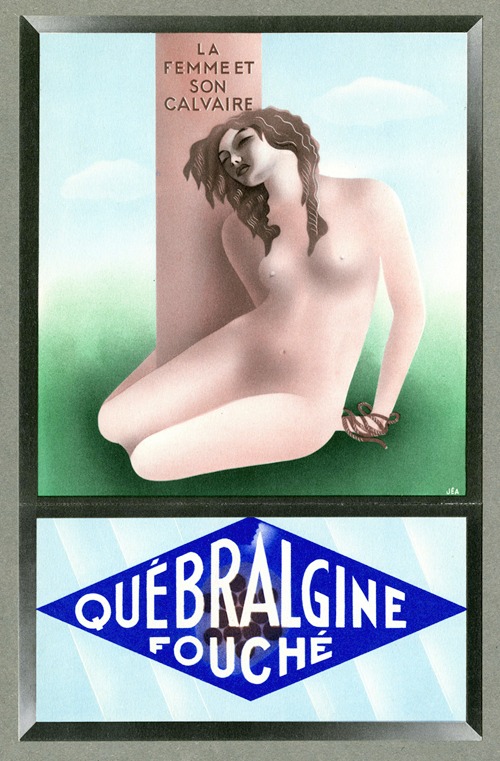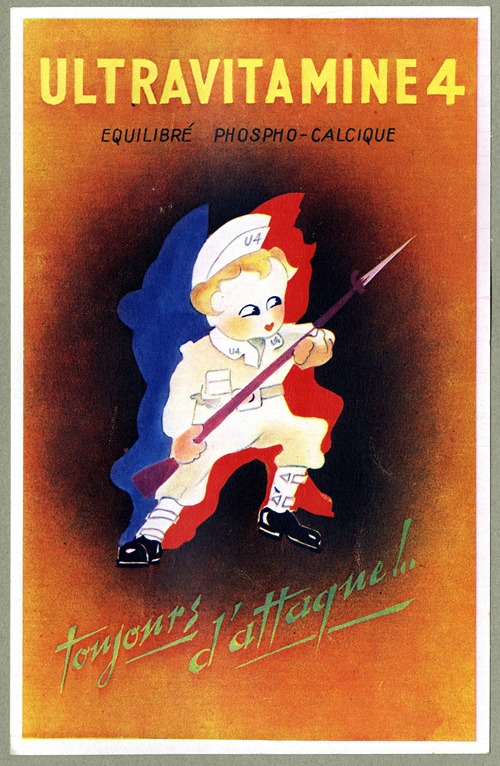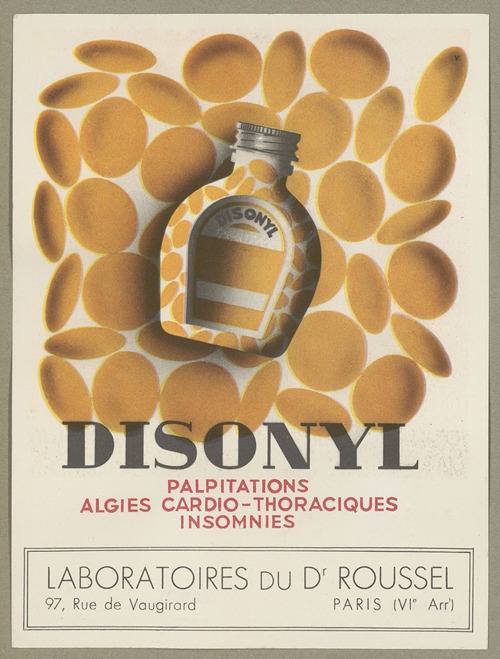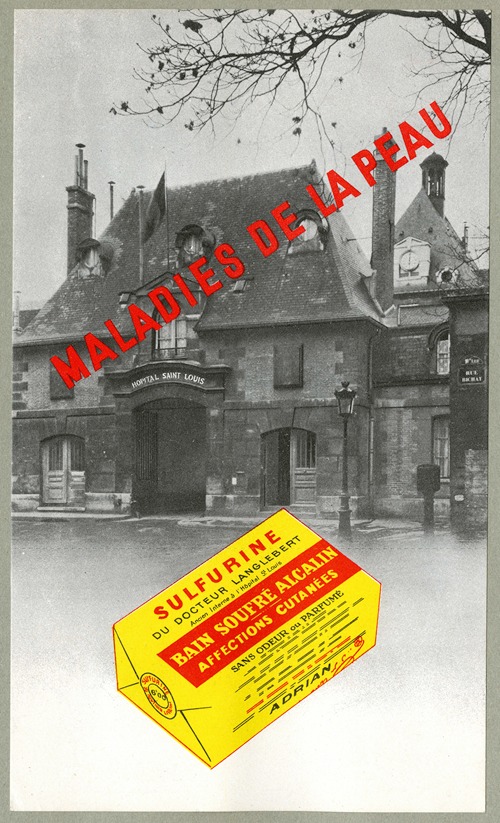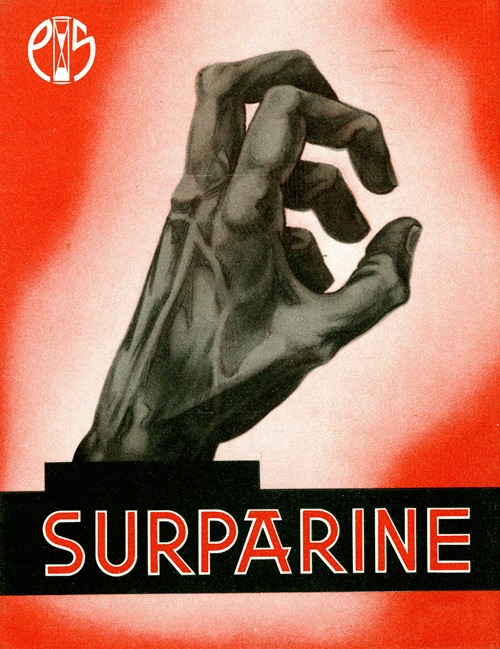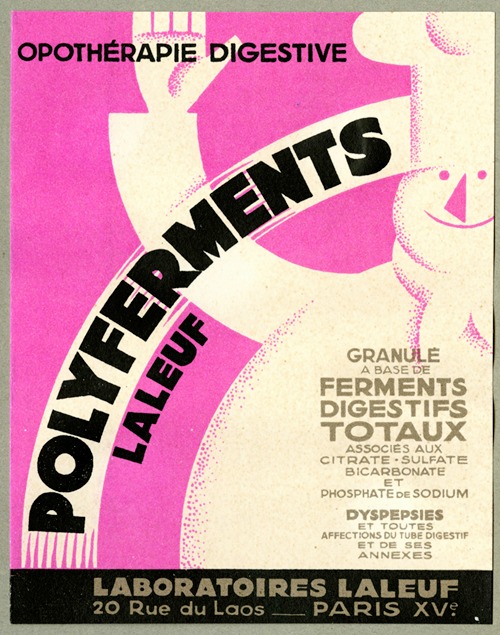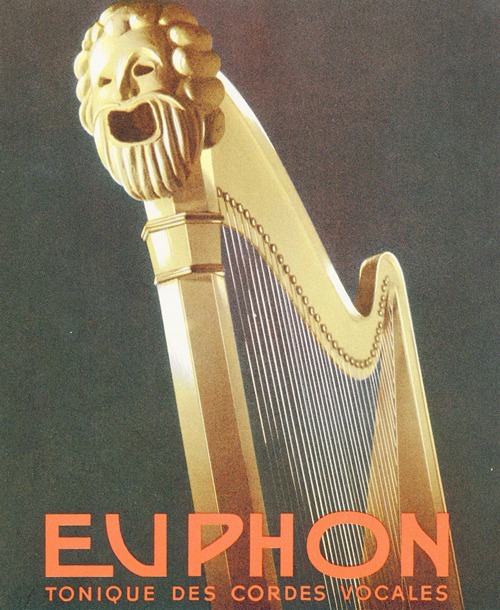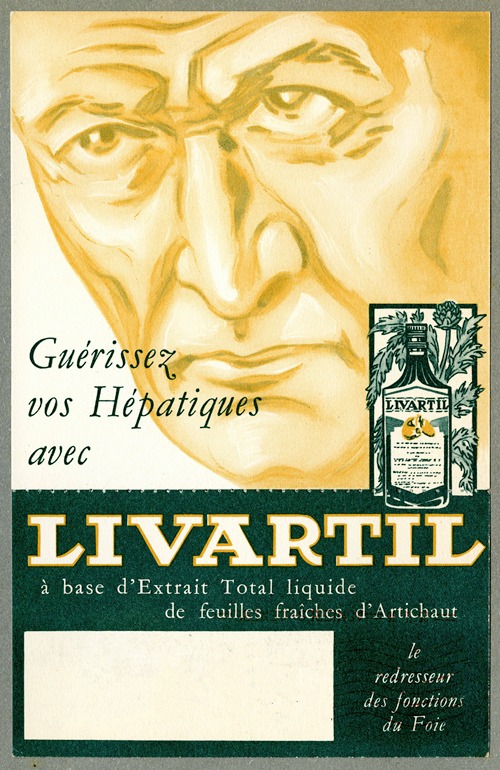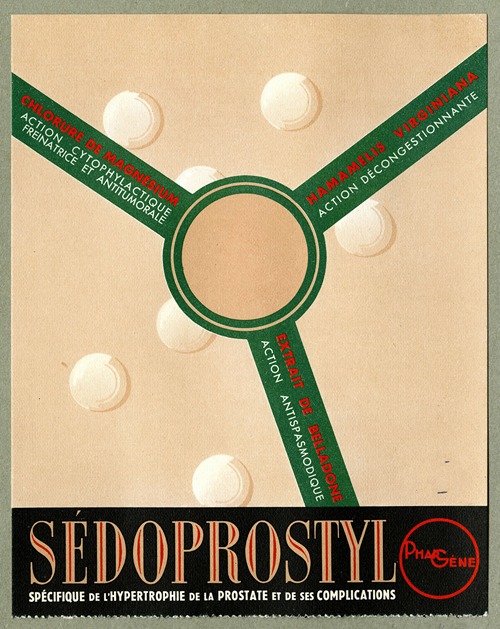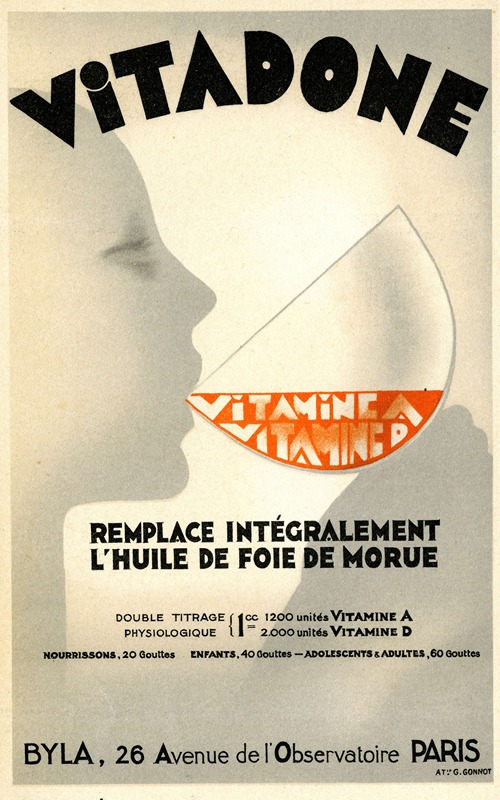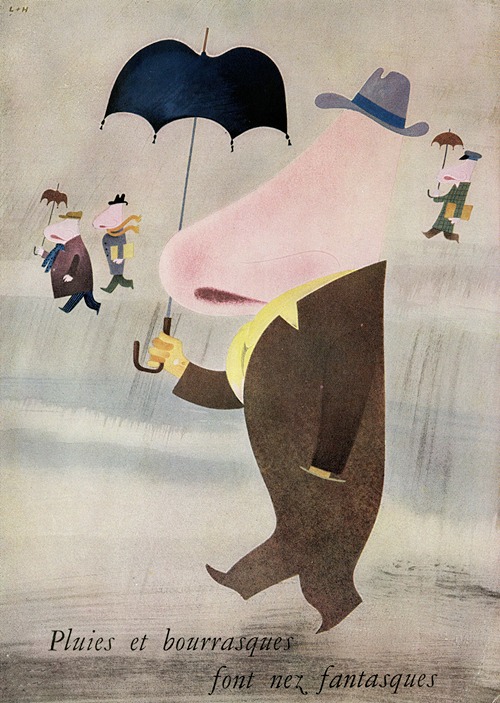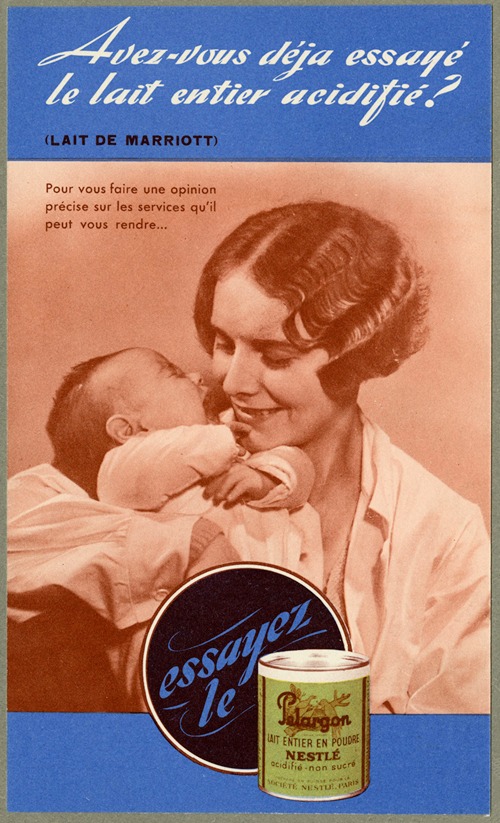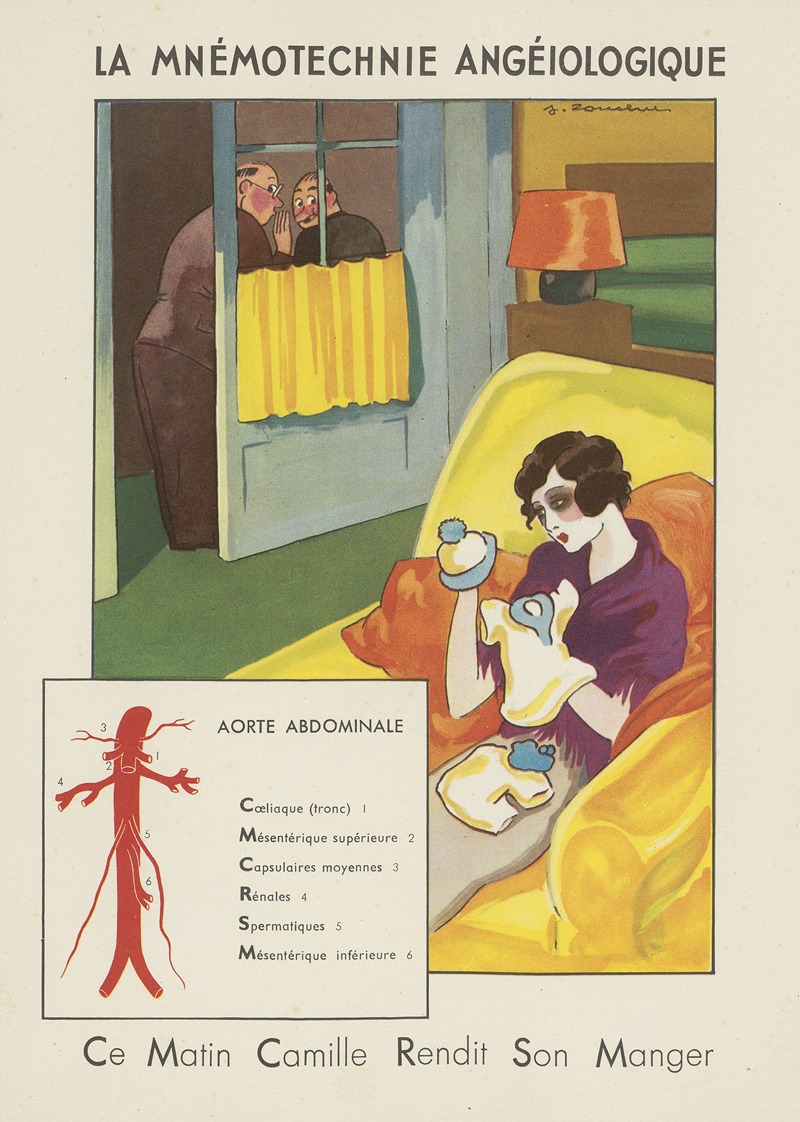

Jacques Touchet was a French illustrator.
A pupil of Paul Renouard and Louis Morin, he worked for the weekly l'Illustration, and produced numerous advertising drawings. Until his death, he also illustrated numerous works in French.
Mobilized at the start of the First World War, he was marked by his captivity in Germany and his stint in the Army of the East, for which he produced many drawings.
Jacques Touchet was the son of Narcisse Touchet, department manager at Le Bon Marché, and Louise Marguerite Félicie Marlier. He married Suzanne Rossy and had a daughter, Jacqueline, known as Line, who also illustrated books.
Jacques Touchet was the grandson of Désirée Gravereaux and François Touchet.
As a young artist, he was captivated by the beauty of the rose garden and the sumptuousness of its colors; he painted a few oils and several watercolor stencils.
Called up for military service for the first time, Jacques Touchet served with the 106th infantry regiment from October 7, 1908 to September 25, 1910. Released from his military obligations, he returned to civilian life and resumed his career as an engraving artist.
When the First World War broke out in August 1914, he was mobilized at the age of 26 and joined his regiment. He was subsequently transferred to the 22nd section of military nurses (22ème SIM) [archive]. He was captured by German troops on October 30, 1914 during fighting around the village of Souilly, 20km southwest of Verdun.
As a prisoner of war, he was sent to the Güstrow camp in the Mecklenburg region of northern Germany, near the Baltic Sea.
In early 1915, Arthur Eugster, an inspector for the Swiss Red Cross, visited eighteen prison camps in Germany. His report detailed the conditions of internment and the number of soldiers held prisoner in the various camps.
Living conditions were harsh, and food rations were inadequate. Some 5,000 prisoners were employed “to improve the soil and clear swamps”, or in a sugar factory. The “punishment of the post” was also practiced. This punishment, taken from the German army's disciplinary regulations, consisted in tying the offender up for several hours to a post, so that he could neither sit down nor lie down.
He was a fellow prisoner of the painter Claudius Denis and of Joseph Hémard, who, like him, went on to a career as an illustrator. His internment was the inspiration for Croquis d'un prisonnier de guerre, his second illustrated work.
After his release from Güstrow in 1916, probably for health reasons, and a period of convalescence in Toulon hospital, Jacques Touchet was assigned to the French Army of the East (AFO). He produced numerous drawings, notably of the daily life of the inhabitants in his series Les petits métiers de Salonique.
He also witnessed the fire in Salonika in August 1917, which destroyed around 32% of the city's total surface area, and immortalized it in a drawing.
In May 1916, he exhibited at the Salon de l'Armée d'Orient in Salonika, with artists Paul Jouve and Bernard Boutet de Monvel. The same year, his works were also exhibited at the Jeu de Paume for the Salon des Armées.
